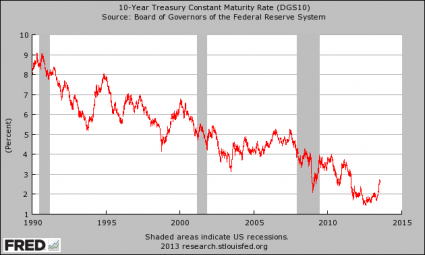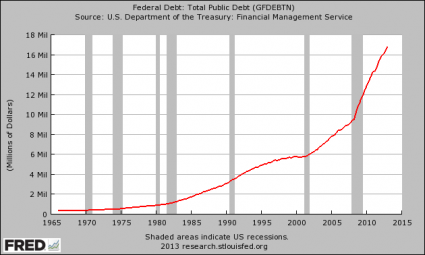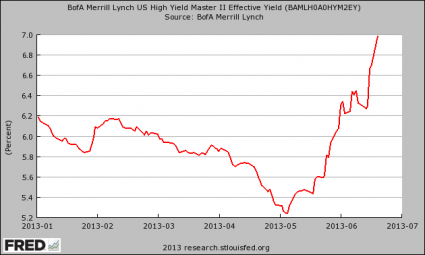 If you have a job that involves building homes, buying homes, selling homes or that is in any way related to the mortgage industry, you might want to start searching for alternate employment. Seriously. Interest rates are starting to rise dramatically, and mortgage lenders such as Bank of America, Wells Fargo and JPMorgan Chase are all cutting thousands of mortgage-related jobs. Last week, mortgage refinance activity plunged to the lowest level that we have seen since June 2009 and total mortgage activity dropped to the lowest level since October 2008. Unfortunately, this is only the beginning. Mortgage rates closely mirror the yield on 10 year U.S. Treasuries, the the yield on 10 year U.S. Treasuries has nearly doubled since early May. But it is still only sitting at about 3 percent right now. As I have written about previously, it has a ton of room to go up before it hits “normal” historical levels, and so do mortgage rates. As I noted the other day, some analysts believe that the yield on 10 year U.S. Treasuries is going to hit 7 percent eventually. If that happens, mortgage rates will be more than double what they are today. And we have already seen the average rate on a 30 year fixed rate mortgage go from 3.35 percent in May to 4.57 percent last week. If interest rates continue to rise we could be heading for a “housing Armageddon” that will make the last housing crash look like a Sunday picnic.
If you have a job that involves building homes, buying homes, selling homes or that is in any way related to the mortgage industry, you might want to start searching for alternate employment. Seriously. Interest rates are starting to rise dramatically, and mortgage lenders such as Bank of America, Wells Fargo and JPMorgan Chase are all cutting thousands of mortgage-related jobs. Last week, mortgage refinance activity plunged to the lowest level that we have seen since June 2009 and total mortgage activity dropped to the lowest level since October 2008. Unfortunately, this is only the beginning. Mortgage rates closely mirror the yield on 10 year U.S. Treasuries, the the yield on 10 year U.S. Treasuries has nearly doubled since early May. But it is still only sitting at about 3 percent right now. As I have written about previously, it has a ton of room to go up before it hits “normal” historical levels, and so do mortgage rates. As I noted the other day, some analysts believe that the yield on 10 year U.S. Treasuries is going to hit 7 percent eventually. If that happens, mortgage rates will be more than double what they are today. And we have already seen the average rate on a 30 year fixed rate mortgage go from 3.35 percent in May to 4.57 percent last week. If interest rates continue to rise we could be heading for a “housing Armageddon” that will make the last housing crash look like a Sunday picnic.
The mini-housing bubble that we have been enjoying for the last couple of years is coming to an abrupt end. It doesn’t matter what the mainstream media is telling you about a “sustainable” housing recovery. Just look at how the big mortgage lenders are behaving. They know the gig is up. According to Bloomberg, Bank of America has just announced that they will be eliminating 2,100 mortgage-related jobs…
Bank of America Corp., the second-largest U.S. lender, will eliminate about 2,100 jobs and shutter 16 mortgage offices as rising interest rates weaken loan demand, said two people with direct knowledge of the plans.
Would they be doing that if we were really heading into a “sustainable housing recovery”?
And Wells Fargo and JPMorgan Chase are also both eliminating thousands of mortgage-related jobs…
Mortgage lenders are paring staff as higher interest rates discourage refinancing and cast doubt on how long the housing market rebound will last. Wells Fargo & Co., the biggest U.S. home lender, plans more than 2,300 job cuts, and JPMorgan Chase & Co. may dismiss 15,000.
Would they be doing this if they thought that brighter days were ahead?
Of course not.
In fact, Well Fargo just announced that it expects to make 30 percent fewer home loans this quarter because of rapidly rising interest rates.
It’s over folks.
The mini-housing bubble that the mainstream media has been hyping so much is over.
If your job has anything to do with real estate or mortgages, it is time to start thinking about a career change.
This is especially true if your job is related to refinancing mortgages. All of the smart people have already refinanced. As rates continue to rise rapidly, the only ones that will be refinancing are really stupid people. According to Zero Hedge, mortgage refinance activity has already dropped by a whopping 70 percent since early May…
For the 16th of the last 18 weeks, mortgage refinance activity plunged (dropping 20% this week alone). Since early May, when the dreaded word “Taper” was first uttered, refis have collapsed over 70%. With mortgage servicers and providers large and small laying people off, it seems hard for even the most egregiously biased bull to still suggest that the housing recovery is sustainable.
And this rise in interest rates is just getting started. The Federal Reserve has not even begun to “taper” yet. Once that starts happening, the consequences could be quite dramatic…
“In early 1994, when the U.S. recovery gained strength, the Fed started a tightening cycle and bond markets crashed not only in the U.S. but also around the world,” European Central Bank Executive Board member Joerg Asmussen said on Tuesday.
“If spillovers were large in 1994, we can expect them to be even larger today in an even more deeply interconnected world,” he added in the text of a speech for delivery in Brussels.
Of course when the Federal Reserve “tapers” their quantitative easing it won’t really be “tightening” as much as it will be slowing down the pace at which they are recklessly creating tens of billions of dollars out of thin air. But the effect will be similar to what we saw back in 1994.
As interest rates rise, it will become much more expensive to buy a home and much more difficult to sell a home. To give you an idea of how dramatically interest rates can affect housing affordability, I wanted to share some numbers from one of my previous articles…
A year ago, the 30 year rate was sitting at 3.66 percent. The monthly payment on a 30 year, $300,000 mortgage at that rate would be $1374.07.
If the 30 year rate rises to 8 percent, the monthly payment on a 30 year, $300,000 mortgage at that rate would be $2201.29.
Does 8 percent sound crazy to you?
It shouldn’t. 8 percent was considered to be normal back in the year 2000.
Are you starting to get the picture?
As interest rates go up, home prices will have to fall. Otherwise, nobody will be able to afford them.
In the end, we could end up with tens of millions more homeowners that are substantially “underwater” on their mortgages.
So who is to blame?
The Federal Reserve of course.
They created this bubble by forcing interest rates down to record low levels.
At some point it was inevitable that interest rates would start reverting back to more “normal” levels, and that “adjustment” is going to be immensely painful for the U.S. economy.
As we saw back in 2008 and 2009, when the housing industry suffers the entire economy suffers.
And the higher that interest rates go, the more suffering there will be.
So let us hope and pray that interest rates do not go any higher, but let us also start preparing for the very worst.

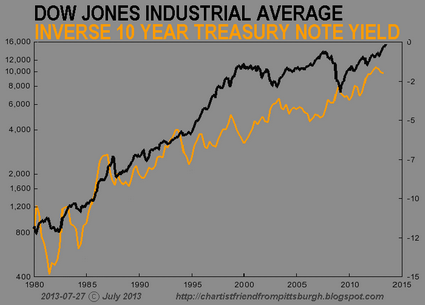
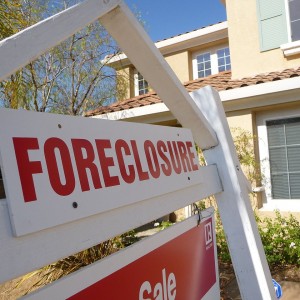
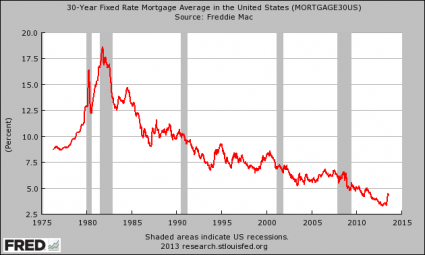
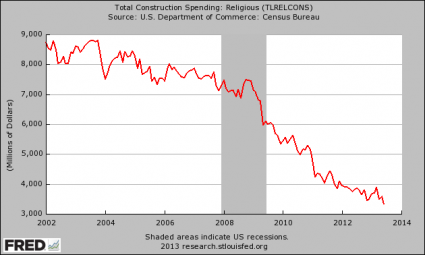

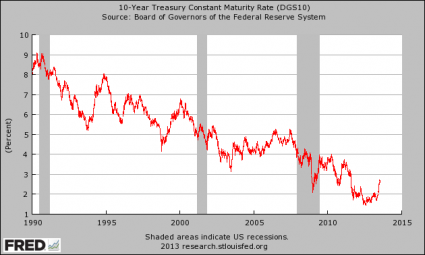
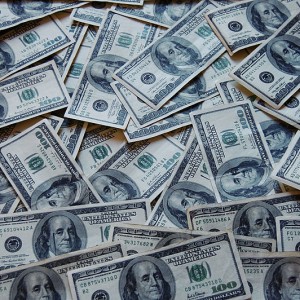 When you add maturing debt to the new debt that the federal government is accumulating, the total is quite eye catching. You see, the truth is that the U.S. government must not only borrow enough money to fund government spending for this year, it must also “roll over” existing debt that has reached maturity. Of course the government never actually pays any of that debt off. Instead, it essentially takes out new debts to cover the old ones. So the U.S. government is actually borrowing far more money each year than most Americans realize. For fiscal year 2013, the U.S. budget deficit will be about
When you add maturing debt to the new debt that the federal government is accumulating, the total is quite eye catching. You see, the truth is that the U.S. government must not only borrow enough money to fund government spending for this year, it must also “roll over” existing debt that has reached maturity. Of course the government never actually pays any of that debt off. Instead, it essentially takes out new debts to cover the old ones. So the U.S. government is actually borrowing far more money each year than most Americans realize. For fiscal year 2013, the U.S. budget deficit will be about 
